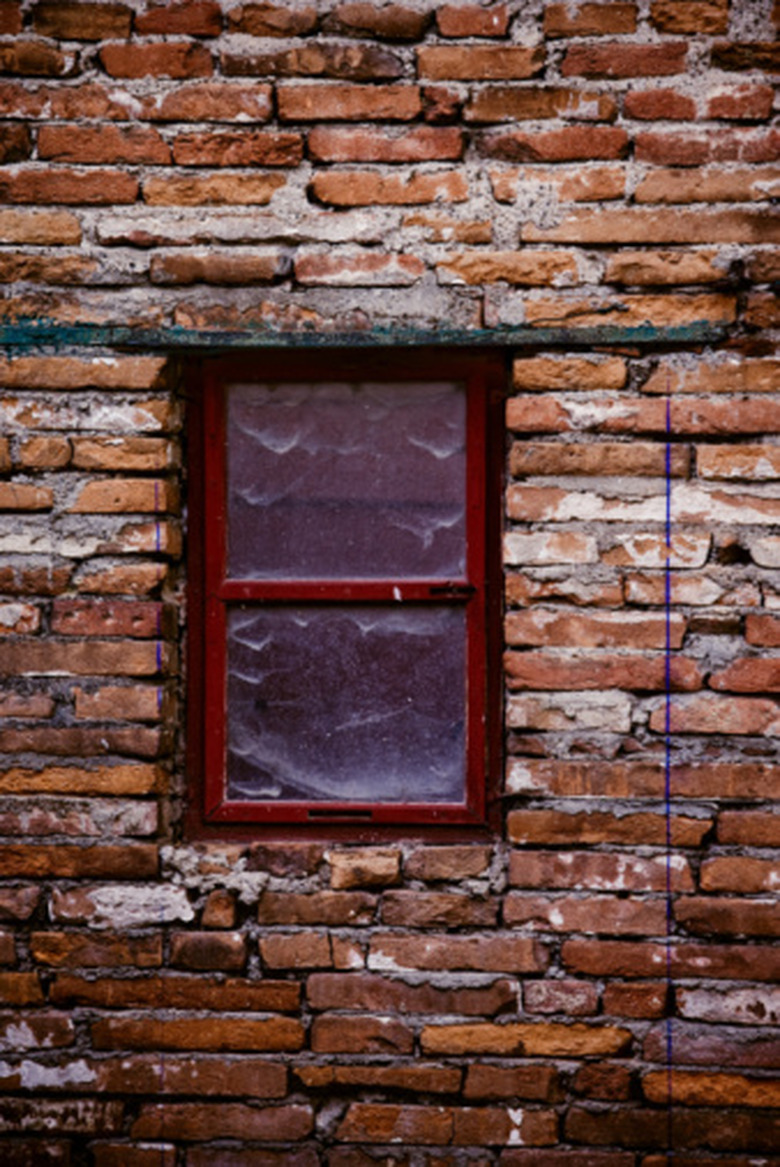The Effects Of Muriatic Acid On Plants
Muriatic acid is a chemical often used on concrete and masonry. It is extremely caustic topically and it has fumes that can burn the lungs. You must use safety gear when applying the acid and it can only be used outdoors. The acid is a component of hydrochloric acid and can be very dangerous to plants, causing injury and even killing them. When using muriatic acid you should always have a neutralizer near at hand.
Burnt Foliage and Root Damage
Burnt Foliage and Root Damage
Muriatic acid causes chemical burns. It is a thin substance and prone to splashes and spatters. Any spots of the chemical that land on plant foliage will burn it right through. Over-application in irrigation water or soil amendments can burn through the roots and kill the plant. Additionally it will leave the soil overly neutralized and will require additional soil amendments to bring it back to the proper soil pH.
Soil Treatment
Soil Treatment
In some areas a high ratio of bicarbonates appears in irrigation water. This will raise the pH of the soil and increase the need to add lime to increase the acidity. The addition of muriatic acid to the irrigation water is a common practice and the University of Florida IFAS outlines the method to be used. You must take care to administer the correct dose of the acid or the plants will die. Add the acid to the water, not the other way, around to avoid a small explosion.
Neutralizers
Neutralizers
Muriatic acid is dangerous and should never be used without a neutralizing base near by. When using along a driveway that may have plants abutting it, you can sprinkle baking soda along the edge to protect the plants from acid runoff. Lime is a good neutralizer too and available to the home gardener. It helps reduce the acidity and restores the soil to a balanced pH if it has been to heavily inundated with the muriatic acid.
